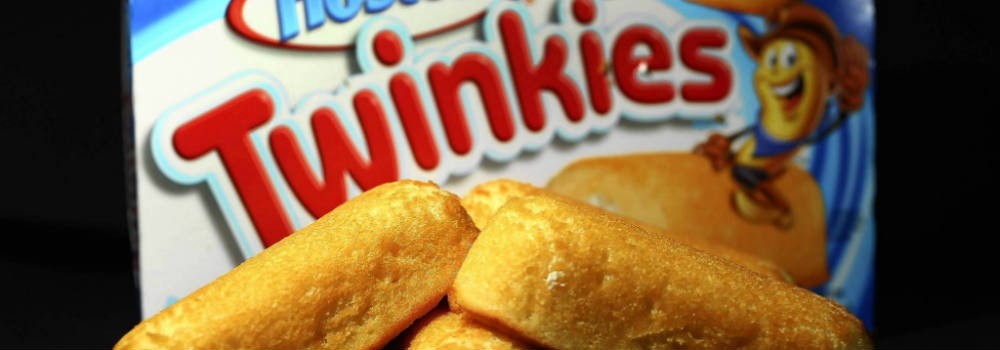Twinkie, the Everlasting
How a common snack cake took on bankruptcy and won
By: Megan Gartrell, Staff Writer
The Twinkie is set to make a return this month, after more than half a year off the shelves. Its disappearance in November — due to financial problems of its parent company, Hostess — took North American by so much surprise that it made headlines for days on end.
It’s hard to image any snack cake rising to the status of iconic — which is what makes the Twinkie so intriguing. Despite grocery store shelves stocked high with organic, low-fat, gluten-free products and mass pushes towards health and wellness in our schools and homes, the Twinkie remains. Like a whispered legend among generations, its appeal has stood the test of time.
Nestled in their packaging at convenience stores, Twinkie’s are a go-to snack for children and adults alike. Love them, or hate them, you’ve heard of them.
Twinkies also appear where you least expect them: murder and bribery trials, wedding cakes, blogs and numerous references in any movie or television show involving nuclear attack thanks to the urban legends surrounding their shelf life. So, how did these tiny confectionary cakes come to be? In order to uncover why they have had such lasting power one must travel back to the 1930s.
How the Twinkie was Born
The Continental Baking Company in Indianapolis introduced Twinkies in 1933. James A. Dewar, a baking manager at Hostess’ Chicago plant, is its credited inventor.
Some products were seasonal, which meant machines often sat idle for months on end. Dewar wanted a simple treat that could use that equipment, and so the Twinkie was born.
He came up with the name after driving past a billboard with an ad for shoes from the Twinkle Toe Shoe Company.
He first injected the little golden cakes with banana crème filling but the Second World War brought with it a banana shortage, so in the 1940s, the filling switched to vanilla crème.
The Twinkie itself measures four inches long and an inch and a half wide. The spongy yellow cake is moist and light and satisfies sugar lovers.
Today’s Twinkie has a much longer shelf life than the ones made in 1930, but not as long as doomsdayers would hope. A Twinkie’s shelf life is officially 25 days according to Snopes.com. Even though the list of ingredients is a mouthful, it is a misconception that Twinkies are chemically preserved. Replacing eggs, butter and fats with monoglycerides, hydrogenated shortening, and cellulose gum is what keeps Twinkies from going rancid, but they aren’t strictly preservatives. What keeps the Twinkie freshest has more to do with the airtight packaging than what is inside.
























Share the post "Twinkie, the Everlasting"